This post may contain affiliate links. Please read our full Disclosure Policy.
Preparing to take on a home remodel can be exciting, but it also requires careful planning and preparation to ensure a smooth and successful outcome. Whether you’re renovating a single room or tackling a whole-house makeover, proper preparation is key to minimizing stress, staying within budget, and achieving your desired results. This guide will help you know what to look for and be aware of before you begin your home renovation.
There was just something about living in a character home that always appealed to me. The sound the floors make and the beautiful architecture- I didn’t fear the work involved in fixing it up! We just figured we would figure it out as we went. When my husband and I first got married, we bought an old house in Calgary that had been built in 1954. We gutted right down to the studs and completed a massive renovation.

After that home, we decided to get into the rental market, purchasing a couple of houses that needed major renovations. That, of course, brings us to our current house, which had been converted into multiple rental properties for almost 45 years before we owned it. Needless to say, it needed a huge amount of work to get to what it is now, but again, we wouldn’t change it for anything.
Over the years, between my interior design clients and this house, I have learned so many lessons (some the hard way) about what it takes to take on a home renovation! I compiled my top 8 tips for taking on a home renovation and some never-before-seen before-and-afters of what our house looked like pre-renovation.
1. Define Your Home Renovation Goals
Before diving into any renovation project, clearly defining your goals and priorities is essential. Take some time to envision the outcome you desire for your home. Are you looking to modernize outdated features, increase functionality, or simply enhance aesthetic appeal? Make a list of must-have improvements and prioritize them based on your needs and budget.
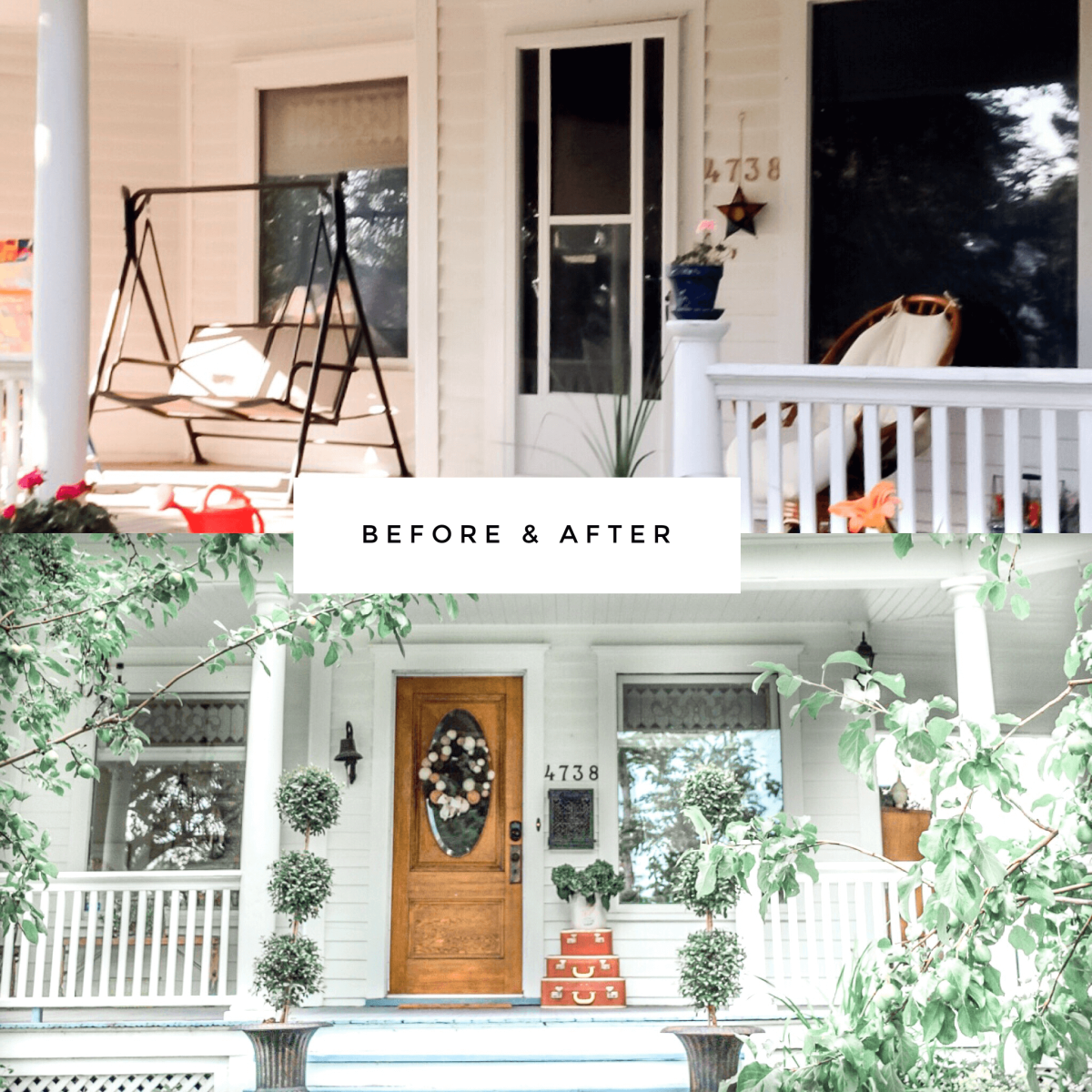
2. Establish a Home Remodel Budget
Set a budget, BUT give yourself a big buffer! Renovations can quickly become costly (believe me), so it’s crucial to establish a realistic budget upfront. Consider factors such as material costs, labor expenses, permit fees, and unexpected contingencies. Research the average costs for similar projects in your area and add a buffer for unforeseen expenses. Having a clear budget will help you make informed decisions and avoid overspending.
After years of experience as an interior designer, I find the best practice is to set up a simple spreadsheet that keeps everything in one place. Add columns for each expense with a forecasted cost and links to all the items or contractors’ contact information you require. This will really help you stay organized and keep everything in one spot.

3. Set a Schedule
Setting a schedule for a home renovation is essential to keeping the project on track and ensuring timely completion. However, know that most jobs will take longer than you think, especially if you are counting on outside trades to finish them for you. So be realistic and flexible; this is key to keeping your peace of mind during the renovation.

In fact, I always tell my clients to add an additional few weeks to any project just in case there are surprises along the way.
4. Research and Gather Inspiration For The Home Remodel
Browse home design magazines, websites, and social media platforms to gather inspiration for your renovation project. Create a mood board or Pinterest board to compile images, color schemes, and design ideas that resonate with your vision. Having a visual reference will help you communicate your preferences to contractors and ensure consistency throughout the project.

This mood board was one that I made for my bathroom renovation.
One of the best parts of working with clients when I was an interior designer was making mood boards for them to review. Having a theme or vision with samples of the styles and spaces you want for your renovation will help you stay on track and allow the contractors you work with to better understand your end result in your home remodel. This will keep everyone on the “same page,” so to speak.
5. Get A Proper Home Inspection
If you are taking on a newly bought home to renovate, you will want to have a home inspection before the purchase! This is a crucial step before you begin any home renovation, so you don’t find any surprises before you begin renovating.



We learned the hard way on this one, as our first home was purchased without one and turned into a complete mess once we started the remodel. Unfortunately, with older homes, there will be things that you just can’t see without opening up the walls: insulation, bad wiring, etc., but having a proper inspection will give you a very good idea if you have any surprises lying in wait.
Find out how I built the DIY Edison bulb chandelier.
6. Obtain Necessary Home Renovation Permits
Depending on the scope of your renovation project, you may need to obtain permits from your local building department. Research permit requirements and regulations applicable to your area, and ensure that all necessary permits are obtained before work begins.
Although this step can seem daunting, play it safe. Failure to secure proper permits could result in fines, delays, or even legal consequences down the line. Your insurance company may not cover you if any incident occurs during or after the renovation if you don’t have the correct documentation, either.

See how I added this DIY stair runner to the front staircase.
7. Hire Qualified Professionals
Be realistic about your abilities. You may be better off to hire out than take on some DIY projects. Choosing the right contractors and professionals is crucial to the success of your remodel project. Research local contractors, architects, designers, and other specialists who have experience with similar projects. Ask for recommendations from friends, family, or trusted sources, and don’t hesitate to request references and portfolios of past work. Obtain multiple quotes and compare proposals before making a final decision.
There isn’t much my hubs haven’t taken on ourselves, but some things will make your time and end result well worth the money. We hired a carpenter team to frame the attic’s inside properly. This was a HUGE job that would either make or break the rest of the project. The money we spent was well worth the time we saved, and the job was done right!!
Also, always use a licensed and insured plumber and electrician, as messing up those aspects can ruin a project.

See more of our attic renovation.
8. Think Outside The Box
When you are updating an existing home, unless you have a sky-high budget, you may need to consider all options for your flooring plan. Maybe the current pantry becomes a laundry room, or the closet becomes a bathroom. The home we are currently in had the laundry off of the kitchen at the bottom of the back staircase. We moved the laundry upstairs and made the space directly off the kitchen into a pantry/office area. It is now a much more practical and usable space.
One of the things I have had to come to grips with living in our current home is that I will not have all the bells and whistles of a new build. But I wouldn’t get the character I love in our house in a new build. I am okay with not having a master ensuite because I have a gorgeous bay window with original hardwood floors instead! Sometimes, you just have to be satisfied with the space and make it work as it is!


9. Protect Your Belongings
Renovation projects can be messy and disruptive, so it’s essential to take steps to protect your belongings and minimize damage to your home. Consider relocating furniture, valuables, and fragile items to a safe area away from the remodel zone. Cover floors, walls, and furniture with protective tarps or plastic sheeting to prevent dust, debris, and paint splatters from causing damage.
10. Plan for Temporary Living Arrangements
Depending on the scale of your renovation project, you may need to make temporary living arrangements while work is underway. Consider staying with family or friends, renting short-term accommodation, or setting up a temporary living space within your home. Communicate your plans with your contractors to ensure minimal disruption to the renovation schedule.

We lived with our inlaws for most of our historic house renovations, which was much better than living through the renovation itself.
11. Be Ready For Home Renovation Surprises
As I mentioned before, a proper home inspection should help prevent any surprises, but be ready because they will happen. In our first home, we removed the wallpaper, and the drywall underneath literally came crumbling off. After we took down the rest of the drywall, we found the master bedroom’s light fixture was hooked up with nothing more than an orange extension cord, and the outside walls of the home had newspapers for insulation! Make sure you are ready for these types of situations in older homes. Budget for them!

12. Do The Home Remodel Right The First Time
One thing I have encountered repeatedly when renovating is shot, slap-together patch jobs! I have seen everything from Duck tape holding up the shower insert, staples used to put up wallpaper, and even floor lino under the shingles on the roof instead of proper underlay! Do your research! Find out what products are the best, and don’t try to save a buck by using something else. You will only cause yourself more headaches down the road. If you can’t do the job right, make sure you have enough in your budget to hire someone.

13. Enjoy The Home Renovation Process
Remember that a home remodel is an opportunity for transformation and improvement. By approaching the process with a positive mindset and embracing the journey, you can turn your vision into reality and truly enjoy the experience of renovating your home.
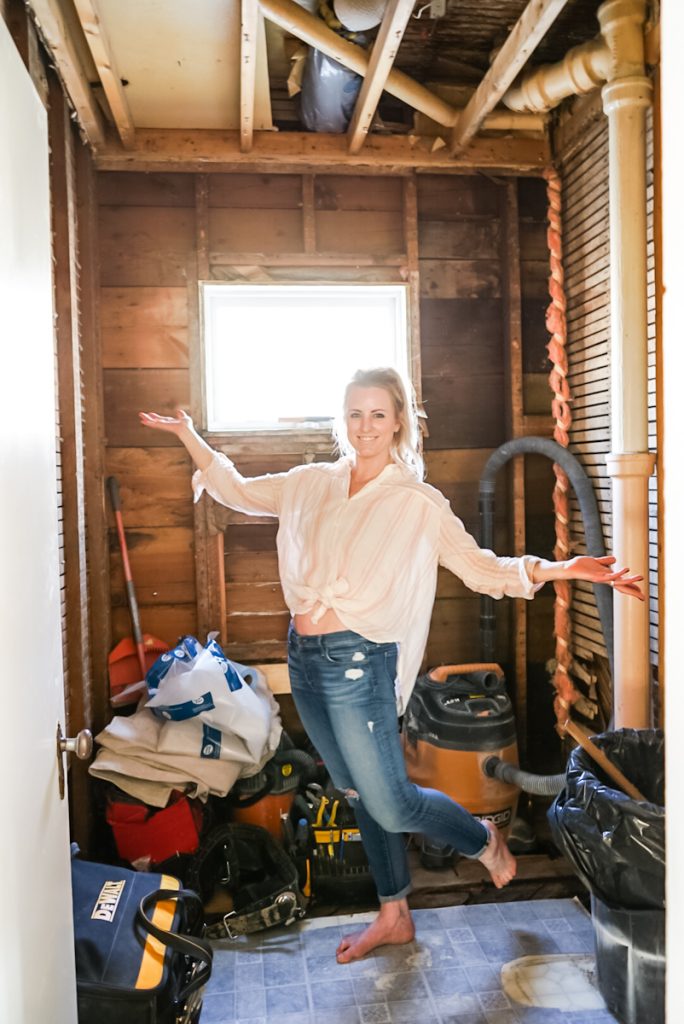
I hope you enjoyed my top 8 tips for buying a fixer-upper. My journey through all of our houses was a mix of blood, sweat, and tears, but SO MUCH FUN along the way!! I wouldn’t change our experience for anything!
More DIY Home Renovation Projects
If you are ready to tackle your home on your own, try these easy DIYs!
- How To Paint Wood Floors
- Shiplap Bathroom Ideas and Install Guide
- How to Make a Shiplap Ceiling
- 5 Tips For A Fixer Upper Bathroom Renovation
Frequently Asked
Other than structural changes (like foundation work or roof repairs), kitchen and bathroom (including cabinetry, fixtures, and appliances) will almost always be the most expensive space in your home to remodel. Labor costs for skilled tradespeople like plumbers, electricians, and carpenters can also be expensive.
Home remodeling refers to the process of making significant changes or improvements to a residential property. It involves renovating or upgrading various aspects of the home, such as its structure, layout, design, systems, and functionality, to enhance its overall appearance, comfort, and value. Home remodeling projects can range from minor renovations like updating fixtures or finishes to extensive overhauls that involve modifying or expanding living spaces, improving energy efficiency, or addressing structural issues. The goal of home remodeling is to create a more functional, appealing, and personalized living environment that meets the needs and preferences of the homeowner.




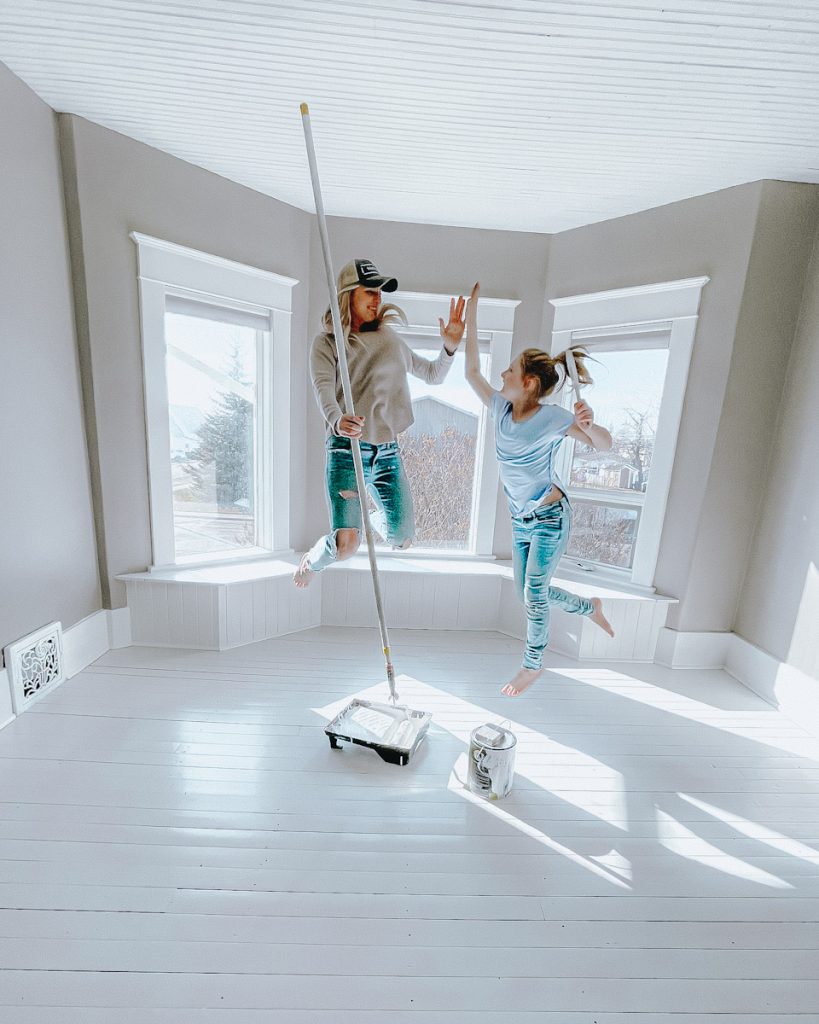
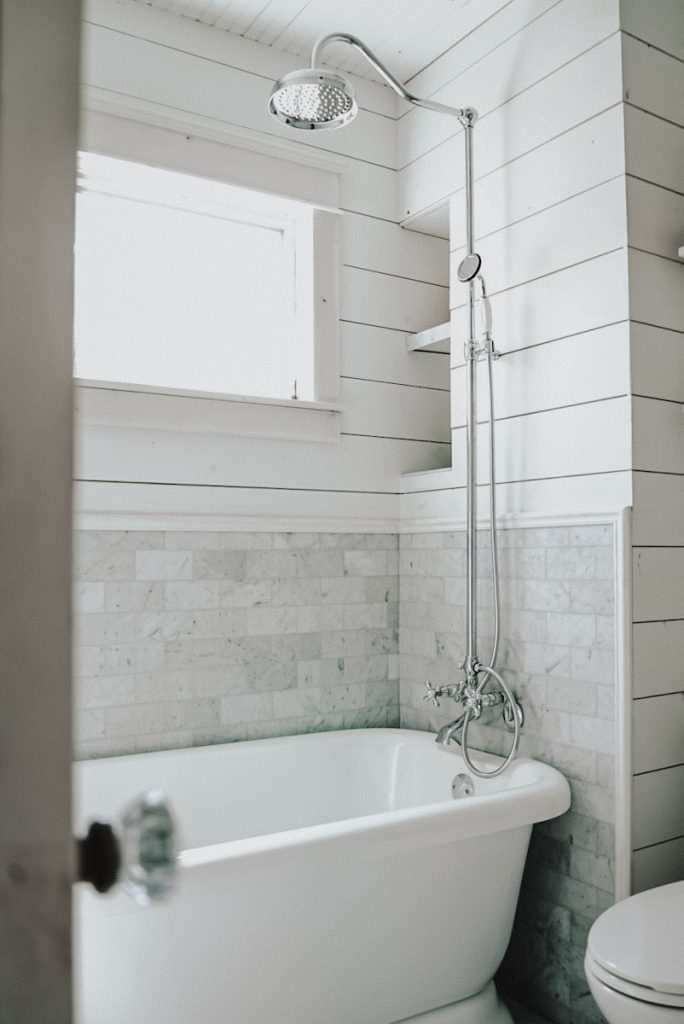

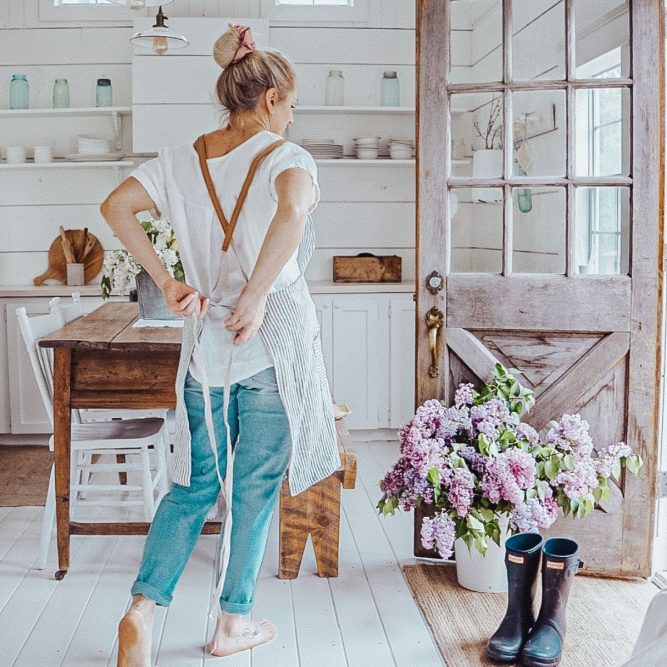
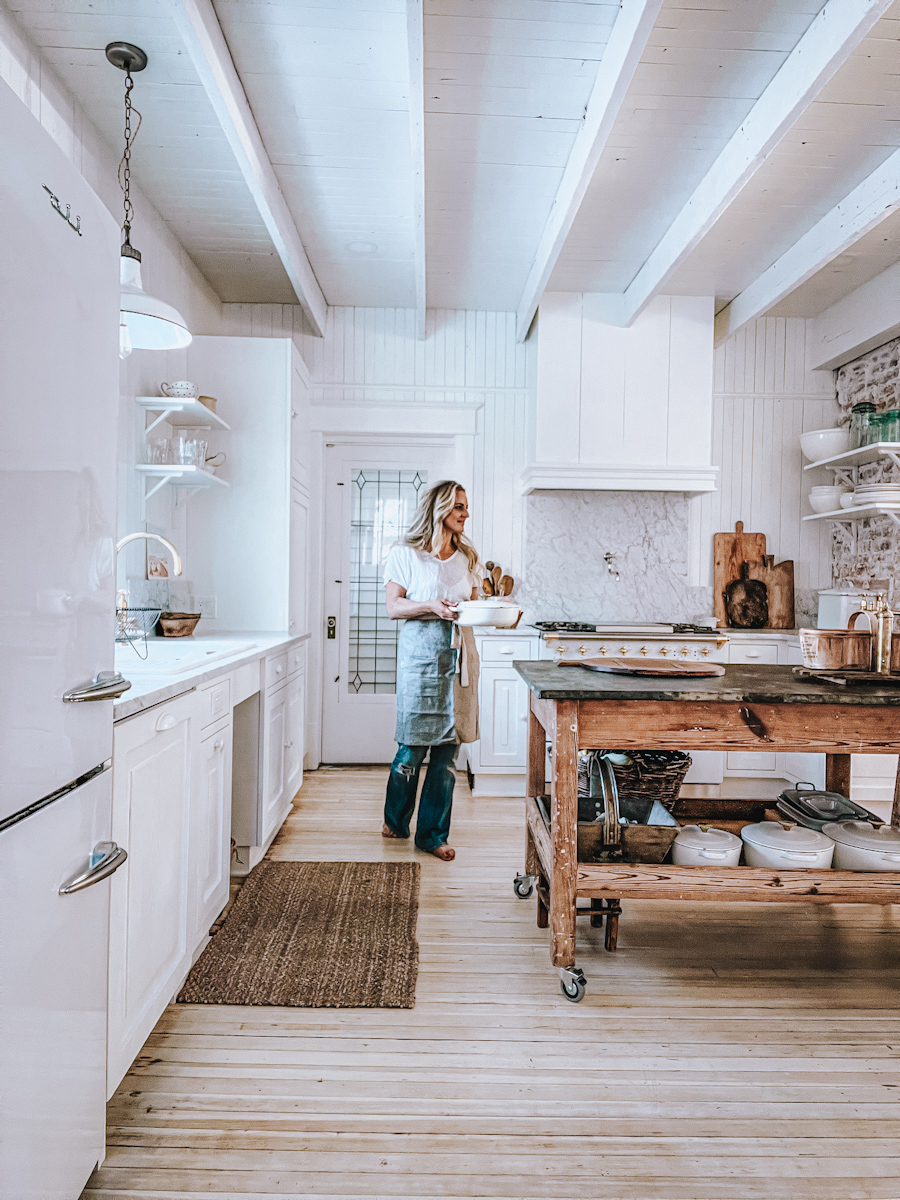
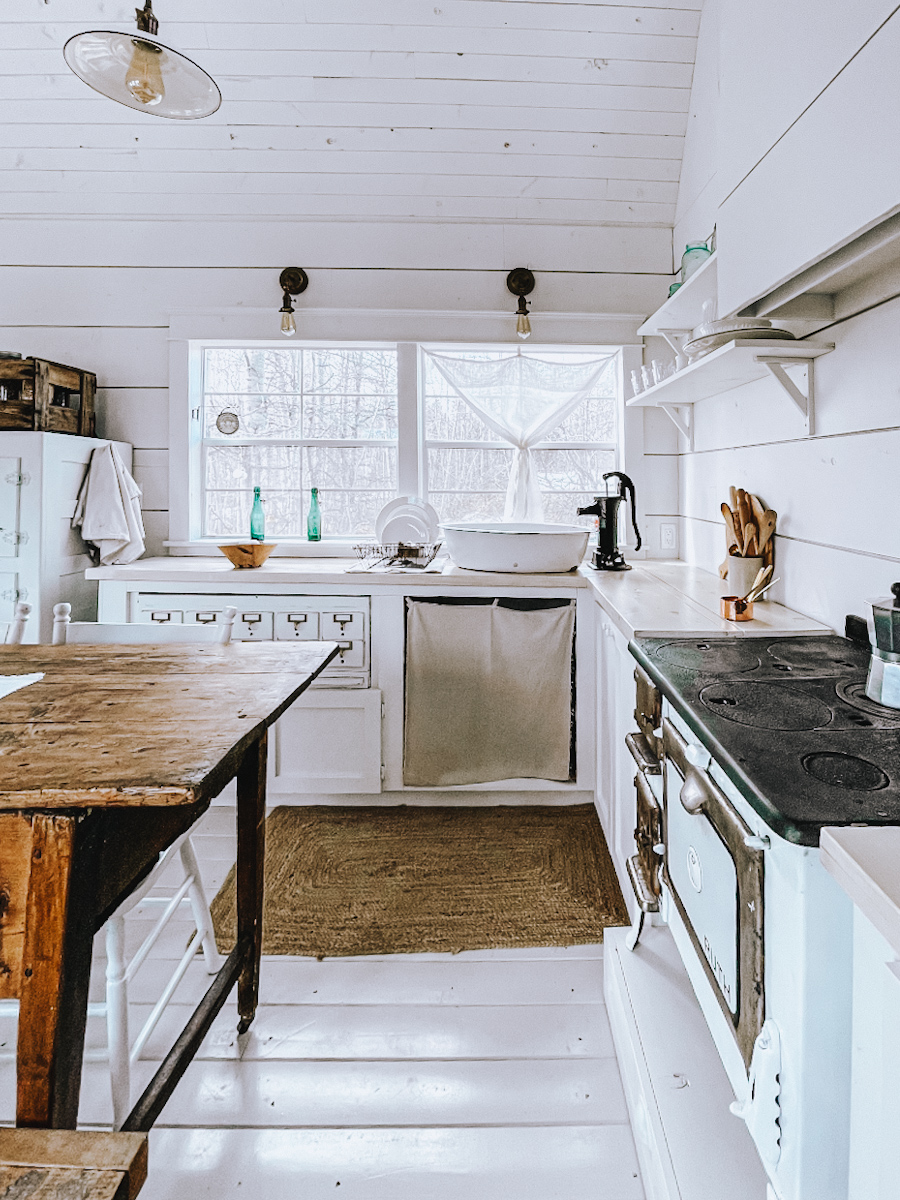
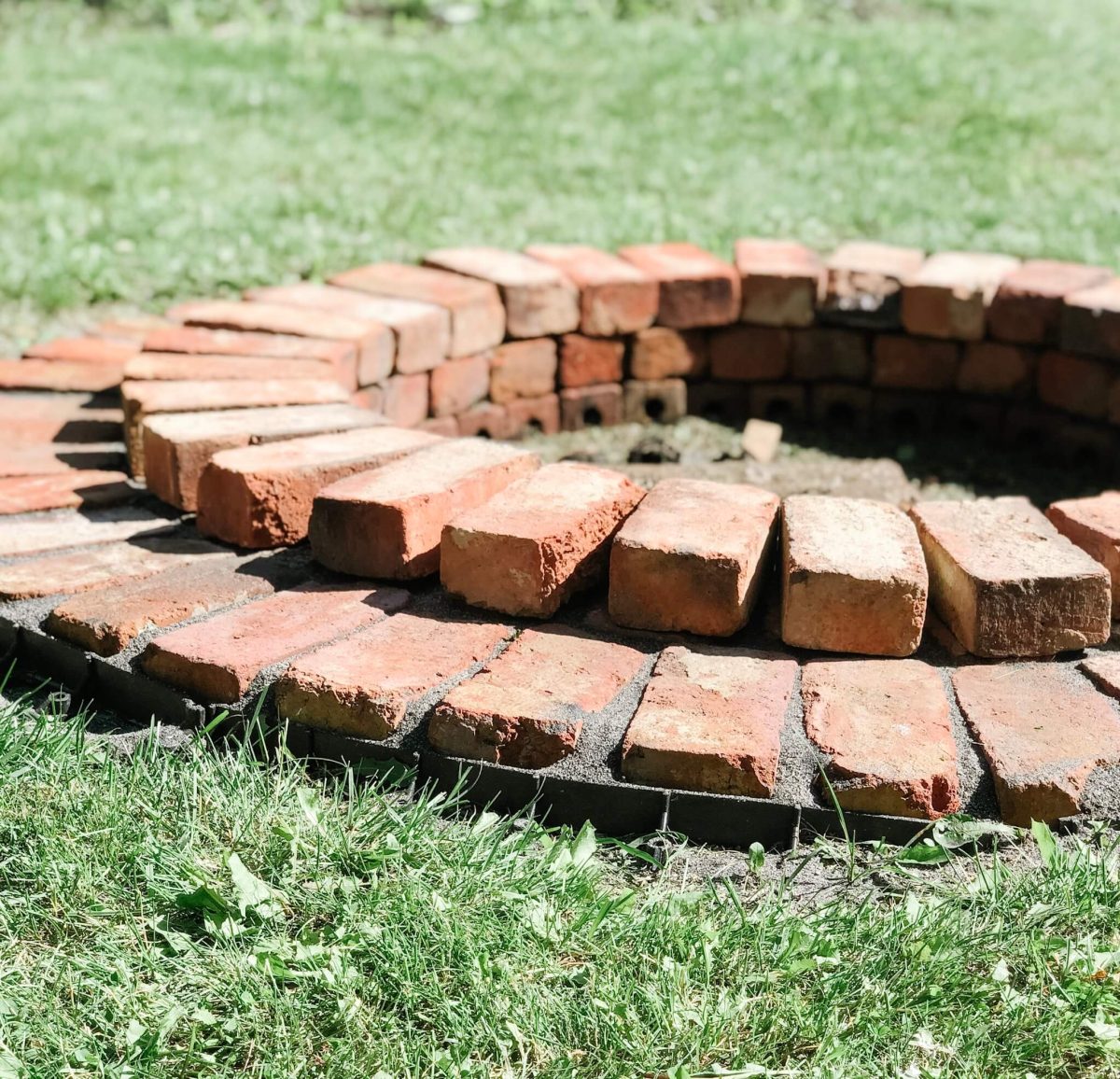
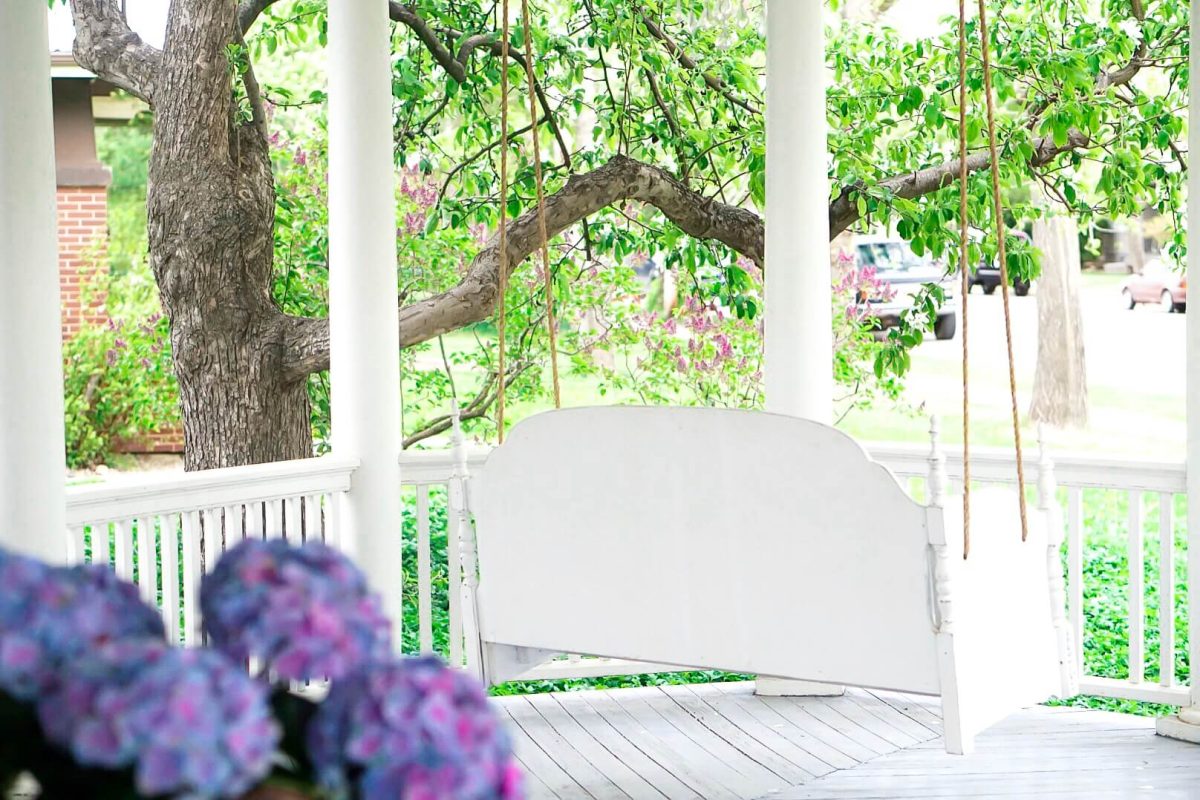
Awesome space!!! We are hoping to finish the attic in our home in the next year and this gives me hope! Our stairs are similar to yours but are in the bathroom, lol. We have an open space in the hallway where we are going to put a new, larger staircase for access. I can’t wait to get started after seeing yours!
Thats so exciting Joy!! It is seriously my favourite place in our home now 🙂 Good luck with your reno!!
Hi, found you on Instagram decosocial. Loved seeing your before and afters here. You and hubs do beautiful and amazing makeovers. I so agree on new homes often not having any character.
Thank you so much for stopping by!! Yes I am all about the old stuff ♥️
Through doing our own fixer uppers my hubby and I have learned not to focus on “our style” when renovating! We have renovated flip houses or kept them as rentals, and we’ve reminded ourselves “we aren’t living here” often. I don’t really like dark floors but many people do! So rather than spend extra cash on my favourite flooring we pick something nice and popular. Same with paint! The last house we did had warm brown tones everywhere. If I was living there everything would have changed! But instead we made the colours flow and it’s a very warm space that many people like. Our favourite style is not everyone’s favourite and at the end of the day how much we profit depends on whether we focus on what we personally like, or the generic style most people like.
Such great tips Kelsey!! Thank you for the comment! I completely agree about the rental or flipping paint colours! We always do what is most durable, cost effective and easiest to wash when doing our rental properties for the same reasons! 🙂